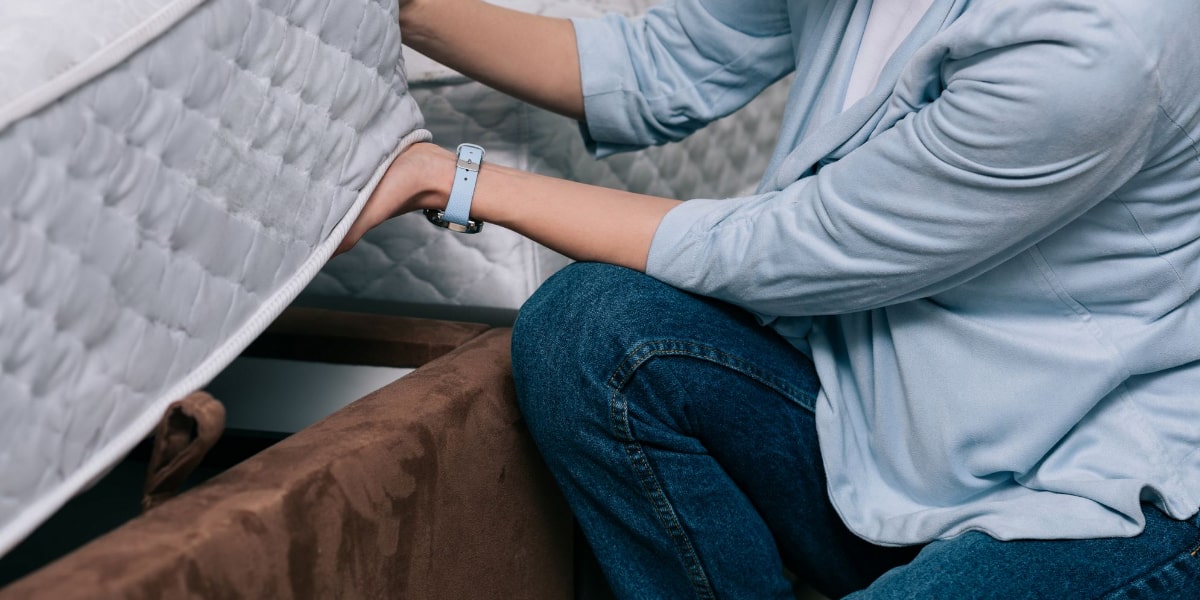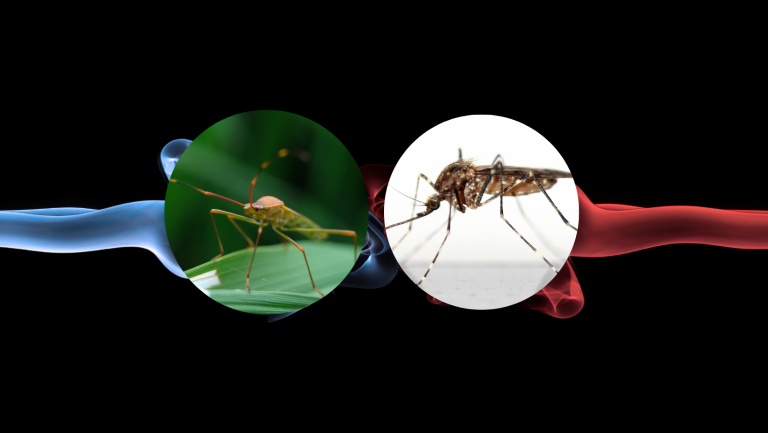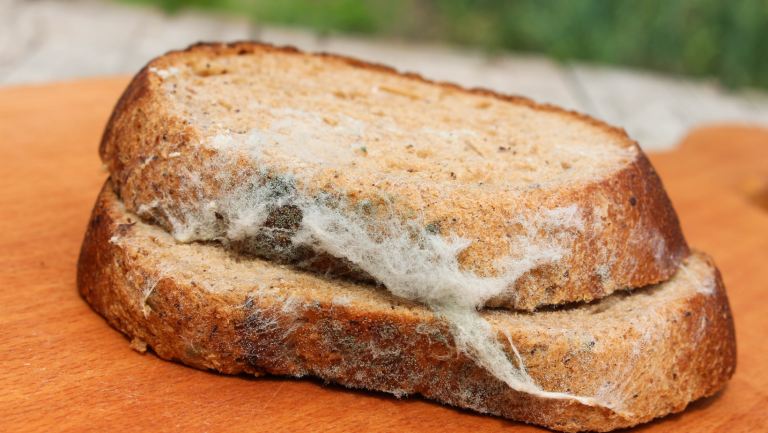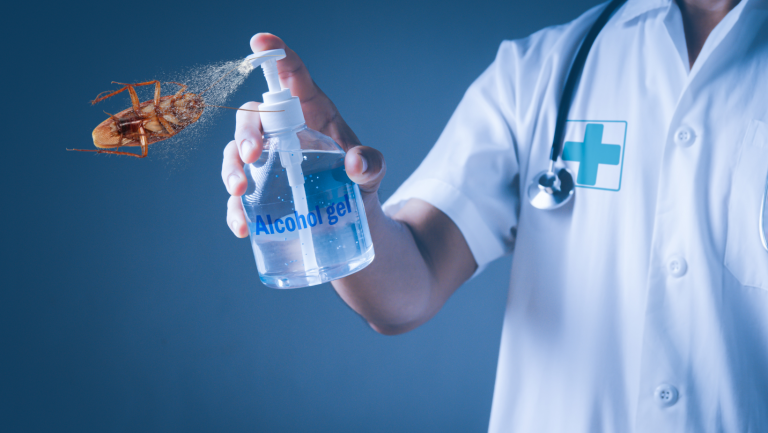How to Remove Mold Out of a Mattress?
If you notice mold on your mattress, it is a sign that it’s time to throw it away. Although you can remove surface mold with a vacuum, household cleaners, and a bit of time in the sun, there is no way to remove mold from deeper parts of the mattress. Instead, you’ll need to get a new mattress and take steps to prevent mold from growing again.
It’s a difficult situation when molds find their way to your mattress. One of the signs is that the foam is getting old and needs to be changed. You should concentrate more on prevention other than getting rid. Prevention will cost you nothing but getting rid of it will cost you a lot.
How does the problem of mold starts in a mattress?
Mold likes damp, dark places, and there are few places darker than the core of a memory foam mattress. Foam mattresses consist of a foam casing and a polyurethane foam inner core. This inner foam core contains millions of air pockets, all of which are capable of housing mold spores.
Moisture enters the mattress as you sweat at night or when humidity levels in your home are high. Once moisture and mold spores find their way into the depths of a foam mattress, there is simply no way to get them back out—and if you have mold on the surface of the mattress, you almost certainly have it on the inside as well.
Even if you clean the mold from the surface of the mattress, you risk breathing in dangerous mold spores from within it with every use.
Is having mold in a mattress dangerous?
Exposure to mold and inhalation of mold spores can cause health problems. Anyone can experience nasal congestion, throat irritation, wheezing, coughing, itchy skin, and irritated eyes after mold exposures. Those with mold allergies will experience the same symptoms, but to an even greater degree. People who are already fighting lung disease or immune system disorders can develop serious long-term lung diseases when exposed to mold.
Even in healthy people without allergies, prolonged and repeated mold exposure may result in asthma, respiratory illness or pneumonitis (lung tissue inflammation). Sleeping on a moldy mattress could make you quite ill and is simply not worth the risk.
How to prevent mold in mattresses?
It may be too late to save your current mattress, but you can take steps to prevent mold on the next one. Place your new memory foam mattress in a mattress cover that is waterproof but breathable. Breathable and waterproof may not seem to go together, but you can buy mattress covers made of special materials that are both. Your local mattress store is a good place to find them.
Further, protect your mattress by making sure it is on a breathable base. Plywood, captain’s beds and platform beds don’t allow air circulation and contribute to mattress mold.
How to remove molds from a mattress?
There could be many reasons for your mattress to be targeted by mold. Sweat, humid air, untreated spills and damp stains can all contribute to its appearance. The best way to deal with mold is prevention. There are some simple steps you can take to try and do this: avoid drying clothes indoors, keep up the airflow and ventilate your room regularly by opening the windows. You can also use a dehumidifier to keep the moisture in the bedroom to a minimum.
There are several methods you can try to get rid of mold on a mattress. However, keep in mind they might not work well enough if the fungus has penetrated deeper inside the foam.
(1) Rubbing Alcohol
This method is very effective when tackling mold growth on fabrics. It’s a simple and quick solution that can rid your mattress of fungus. In this method you will need a vacuum cleaner, rubbing alcohol, warm water, and two clothes.
- Vacuum: Vacuum both sides of the mattress to loosen and remove dirt.
- Prepare the cleaning solution: Mix equal parts rubbing alcohol and warm water.
- Scrub the mold: Dip a clean cloth into the mixture, wring it out and scrub the stain in a circular motion.
- Rinse: With a new cloth, dipped in warm water and wrung out, rinse the area. Make sure the cloth is not too wet, as that can only encourage mold growth.
- Spray with disinfectant: After rinsing, spray the entire mattress with an upholstery disinfectant.
- Dry the mattress: Place the mattress out in the sun to air dry. Sunshine helps speed up the drying time and prevents additional mold growth.
(2) Hydrogen peroxide
Hydrogen peroxide is also an effective solution to a mold problem. However, this method takes a bit longer, due to the fact that you need to repeat the procedure.
Before using this method, always check your mattress’ label. Hydrogen peroxide is a bleaching agent and most manufacturers advise not to bleach the mattresses. If that is the case, stick to one of the other methods mentioned in this post. In this method, you will need a vacuum cleaner, hydrogen peroxide, warm water, and a nylon brush.
- Vacuum: First, vacuum the mattress on both sides.
- Prepare the solution: Mix one part hydrogen peroxide and three parts warm water in a bowl.
- Scrub off the mold: Remove the mold using the cleaning solution and a nylon brush.
- Place the mattress in the sun: Put the mattress out in sunlight and spray a small amount of the mixture on the surface.
- Repeat: Once dry, repeat the process to eliminate any remaining spores and bacteria.
- Dry: Let the mattress dry in the sun.
(3) Mattress Cleaner
Sometimes, the fungus will be too persistent and these solutions may not work. In this case, you can opt for a commercial cleaner. Make sure that it is designed specifically for mattresses or upholstery. Always follow the instructions and remember to test the product in an inconspicuous area first.
How to remove stubborn mold stains from your mattress?
Some stains are persistent and difficult to remove. If you’re struggling, it’s best to turn to professionals. They will work with specialized equipment and use the steam cleaning method to ensure your mattress is cleaned and sanitized properly. Steam cleaning allows deep cleaning of the material and is very effective when removing







